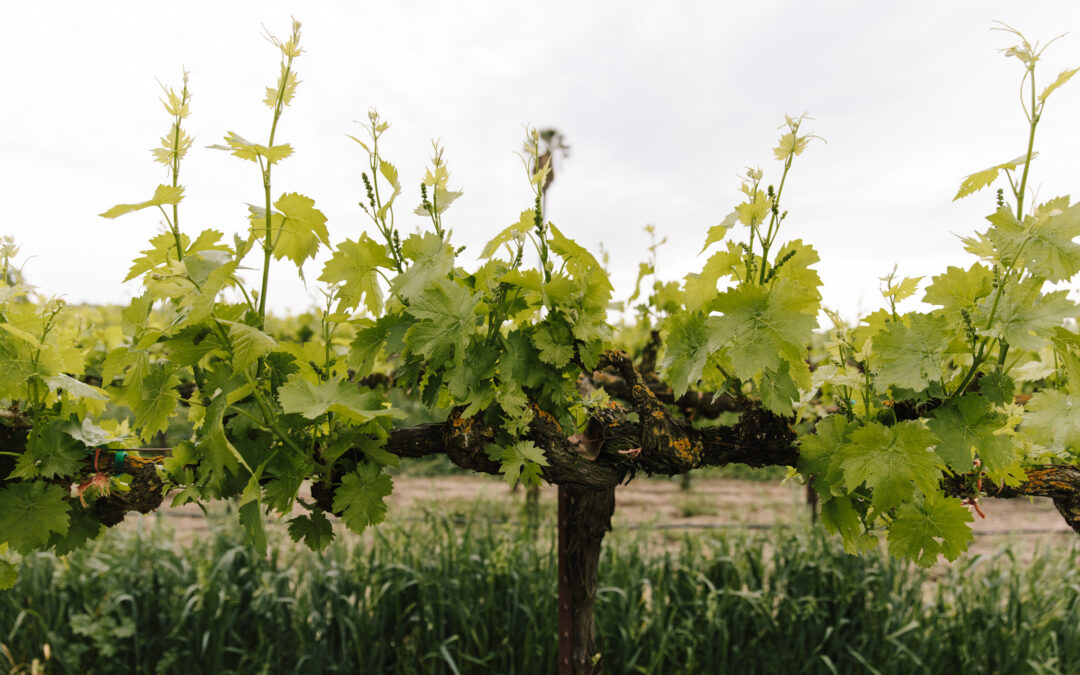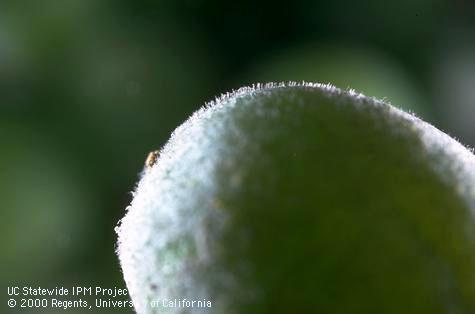MONDAY, JUNE 13, 2022. BY LARRY WHITTED, PCA, CCA.
COVID-19 taught me an important lesson about grapevine powdery mildew. I should have already learned this lesson from watching meteorologists predicting the path of hurricanes, but I didn’t. Here is the lesson: “All models are wrong and all models are useful.”
You may remember that early in the COVID-19 pandemic there were several models that predicted how many people would die from the disease in the United States. One model predicted that 60,000 to 80,000 would die while another model predicted that 100,000 to 240,000 would perish. Still another model predicted as many as 480,000 deaths. As each model turned out to be wrong I started reading the same sentence over and over in articles about these models. The sentence said: “All models are wrong and all models are useful.”
Of course, I already knew this from watching the televised weather reports as hurricanes approached the mainland of the United States. Typically the meteorologist will have a graphic showing the predicted path of the hurricane according to different models. By chance one of the models may be right with that particular hurricane, but the others will end up being wrong or they all may end up being wrong. They are wrong, but they are useful. If you live in a coastal town and one of the models predicts that you are going to get a direct hit it’s time to get out of Dodge. The cost of leaving town for a few days is much lower than the cost of staying put and receiving a direct hit from a hurricane. It’s better to make the first mistake rather than the second.
So why have I thought for years that the UC Davis powdery mildew model was wrong? Like all models, it is a simplification of a more complex process. In order to simplify the model, the creators left out factors such as relative humidity, light intensity, and varietal susceptibility that are important determinants of the severity of a mildew infection. For years I have been critical of the inaccuracies of the model as a result of these simplifications. However, as a result of COVID-19, I now realize that of course, the model is wrong because all models are wrong and all models are useful. My criticism of the model for being inaccurate is not something unique to the UC Davis powdery mildew model but rather is a characteristic of all models.
So if the model is wrong, how is it useful? I would say that if the model says the mildew pressure is high, then it is high. Like the inhabitant of the coastal town in the path of the hurricane, it is time to take action. However, if the model says the mildew pressure is low or moderate, that may or may not be the case. If you have a site with high relative humidity, a dense canopy, or a particularly susceptible variety then I would take the model’s report of light to moderate mildew pressure with a grain of salt. Like with my hurricane example, the cost of making an extra inexpensive preventative mildew treatment is much smaller than the cost of trying to clean up a mildew infection after the fact.
Larry Whitted, an independent pest control advisor (PCA) and certified crop advisor (CCA), serves as the Chair of the Lodi Winegrape Commission’s Research, Education & Communication Committee. Larry graduated from the Pest Management Program at UC Berkley in 1980 and now has 43 years of experience as a PCA working with fruit and nut crops throughout California and also in Argentina, Chile, Egypt, and Mexico. He provides pest control advising service to growers in Lodi, Clarksburg, and Amador Counties who farm 6,000 acres of winegrapes. In addition to his PCA work, Larry is also a professional mediator and in the off-season, he mediates workplace and agricultural disputes in English and Spanish throughout California and Nevada.
Have something interesting to say? Consider writing a guest blog article!
To subscribe to the Coffee Shop Blog, send an email to stephanie@lodiwine.com with the subject “blog subscribe.”
To join the Lodi Growers email list, send an email to stephanie@lodiwine.com with the subject “grower email subscribe.”
To receive Lodi Grower news and event promotions by mail, send your contact information to stephanie@lodiwine.com or call 209.367.4727.
For more information on the wines of Lodi, visit the Lodi Winegrape Commission’s consumer website, lodiwine.com.
For more information on the LODI RULES Sustainable Winegrowing Program, visit lodigrowers.com/standards or lodirules.org.





